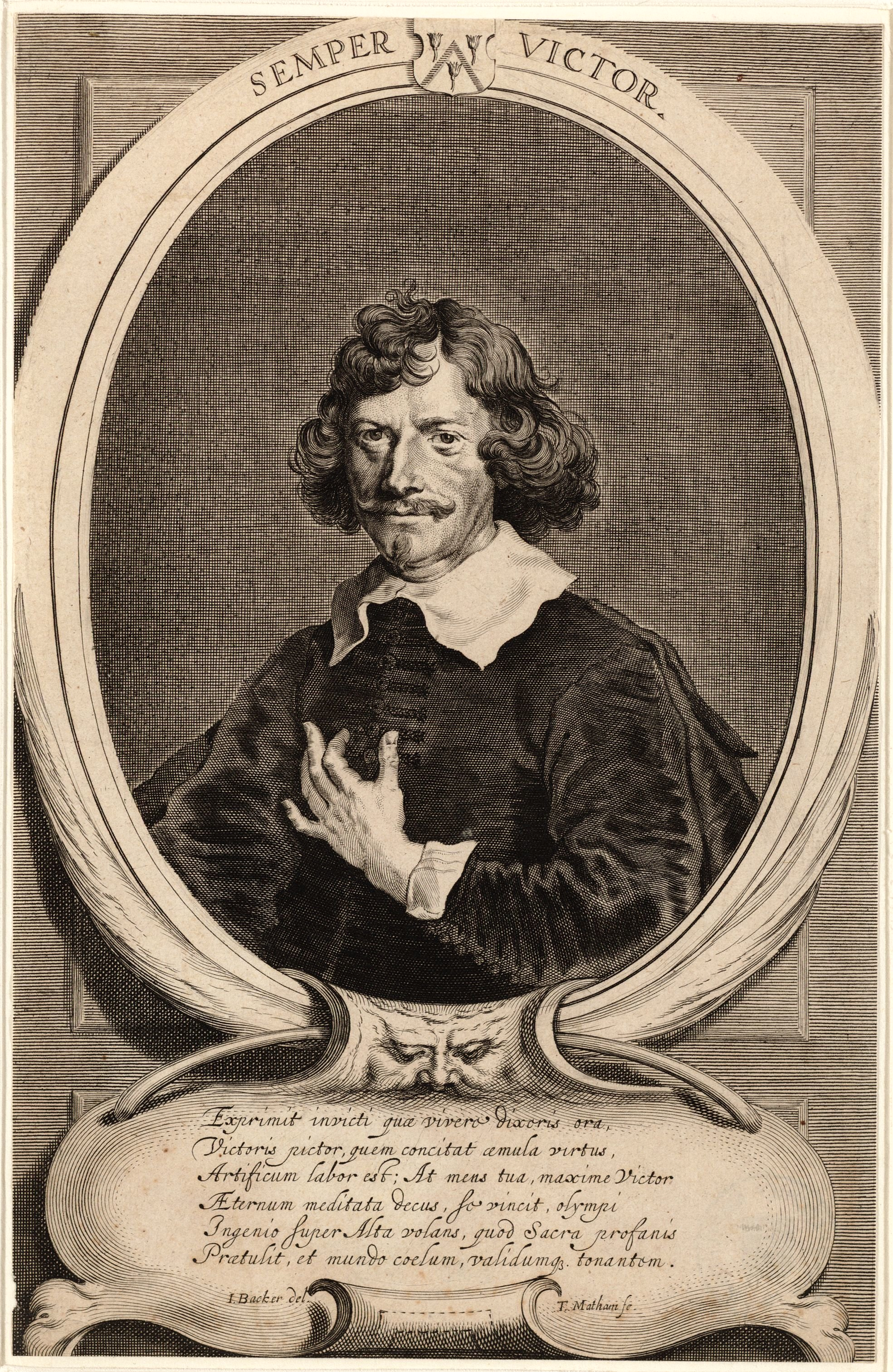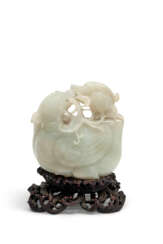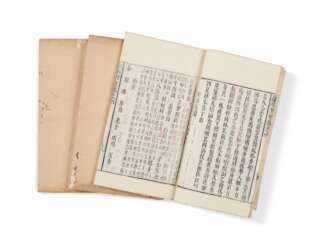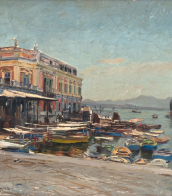dutch east

Eastman Johnson was a nineteenth-century American artist. He was known as a master of domestic and portrait genres. Johnson was a proponent of realism in art, his style was greatly influenced by the works of the Dutch and Flemish painters of the 17th century. Contemporaries often called him the "American Rembrandt".
Eastman Johnson in his paintings depicted for posterity many prominent historical figures and everyday life of his contemporaries - ordinary citizens of the United States. Many of his works of the domestic genre were devoted to the lives of black slaves. It was these works that brought the artist widespread fame, and in 1860 he was elected a full member of the National Academy of Design.
Johnson is one of the founders of the Metropolitan Museum of Art in New York, which now houses some of his paintings.


Jan Victors was a Dutch Golden Age painter mainly of history paintings of Biblical scenes, with some genre scenes. He may have been a pupil of Rembrandt. He probably died in the Dutch East Indies.
He was a conscientious member of the Calvinist Dutch Reformed Church, and for this reason he avoided creating art which depicts Christ, angels, or nudity.


Andreas Schelfhout was a distinguished Dutch painter, etcher, and lithographer, celebrated for his exquisite landscape paintings. Born and based in The Hague, Schelfhout initially trained as a gilder and framemaker before apprenticing to a decorative painter between 1811 and 1814. This period marked the beginning of his journey into landscape painting, with his works being exhibited from 1815 onwards. Andreas Schelfhout's artistry is deeply rooted in the Romantic movement, with his Dutch winter scenes and frozen canals featuring skaters becoming particularly renowned during his lifetime. These works, showcasing a meticulous attention to detail and atmospheric quality, cemented his status as one of the most influential landscape artists of the 19th century.
A notable aspect of Andreas Schelfhout's career was his impact on other artists. He provided training to many painters who would later gain fame in their own right, such as Johan Jongkind, a forerunner of the Impressionists, and Charles Leickert. His advocacy for the use of watercolour in en plein air sketching significantly influenced his students and contemporaries, particularly enhancing the techniques of Jongkind, Jan Hendrik Weissenbruch, and Willem Roelofs.
Andreas Schelfhout's legacy is not only reflected in his influential teaching but also in the breadth of his creations. His works include not just winter scenes but also seascapes and landscapes depicting various aspects of Dutch scenery. His paintings often evoke a nostalgic longing for the past, a characteristic trait of the Romantic style, with elements like the ruins of castles or chapels adding a historical dimension to the landscapes.
Several of Andreas Schelfhout's masterpieces are displayed in prominent museums and galleries, evidencing his significant contribution to the art world. His works can be found in the Rijksmuseum in Amsterdam, the Museum Boymans-van Beuningen in Rotterdam, the Dordrechts Museum in Dordrecht, the Teylers Museum in Haarlem, and the National Gallery in London, among others.
Andreas Schelfhout was not just an artist; he was a pivotal figure in the Dutch Romantic landscape painting scene. His influence extended beyond his own works to shape the styles and techniques of future generations of artists. For collectors and experts in art and antiques, Schelfhout's works represent a significant era in art history, embodying the essence of Romanticism in Dutch landscape painting.
For those interested in staying informed about new product sales and auction events related to Andreas Schelfhout, signing up for updates is highly recommended. This subscription ensures that enthusiasts and collectors are always in the know regarding the latest developments and opportunities related to Schelfhout's artistry.


William Shakespeare was a British poet and playwright and writer.
William's father, John Shakespeare, was a merchant and official in Stratford. There are reports that he was a sailor for a time before joining a theater company in London. Beginning in the 1590s, Shakespeare began writing plays, and in 1593 he published a poem, Venus and Adonis, which became popular. He dedicated it to the Duke of Southampton, who was a philanthropist and patron of talent, and soon his business was booming.
From 1592 to 1600 Shakespeare wrote his dramas and romantic comedies "Richard III", "The Taming of the Shrew", "Romeo and Juliet", "A Midsummer Night's Dream" and "The Merchant of Venice", as well as the comedies "Much Ado About Nothing", "Twelfth Night" and the tragedy "Julius Caesar". The playwright's business was so successful that he even bought a large house in Stratford. In 1599, Shakespeare became one of the owners, playwright and actor of the new theater "Globe". In 1603 King James took Shakespeare's troupe under his direct patronage. In the mature period, the great playwright turned to tragedies, there were "Hamlet", "Othello", "King Lear", "Macbeth" and others.
Although in the 19th century researchers had some doubts about the authorship of many of these works, William Shakespeare is considered the greatest English playwright, one of the best playwrights in the world. His plays have been translated into all major languages and to this day form the basis of the world theatrical repertoire, most of them have been screened many times. According to the Guinness Book of Records, Shakespeare remains the world's best-selling playwright, and his plays and poems have sold more than 4 billion copies in the nearly 400 years since his death.
















































































